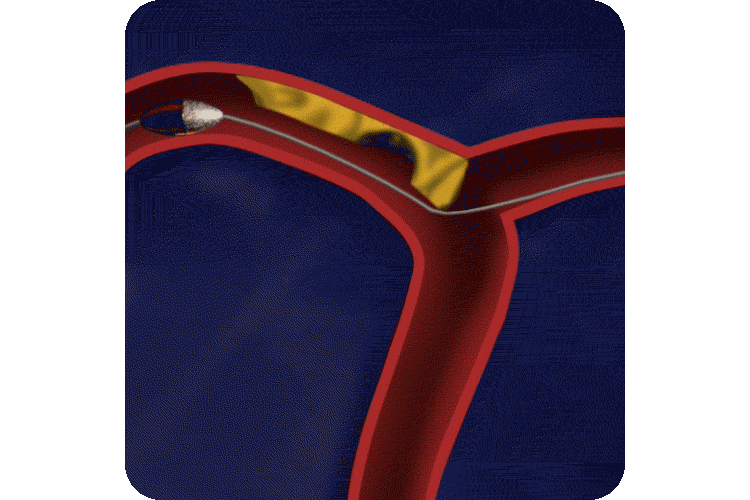Designing for Medical Education
Educating Patients and Physicians is Vital to Improving Patient Outcomes

The Seattle area is replete with medical device companies. Large companies like Philips and Boston Scientific have had a presence here. Some like Quinton and Heart Technology were upstart clients that grew big and were bought by pharmaceutical giants, others were spin-off startups forging their own efforts to be pioneers in the healthcare industry.
In the course of designing for the medical device industry, I've had the opportunity to see the full spectrum of healthcare businesses – from upstarts to Fortune 500 companies. I've worked with some of the world's top cardiologists and other industry leaders in the medical device industry. I've even helped illustrate and publish a cardiology book.
What stands out is the level of dedication within the industry to improve patient outcomes, reduce costs and the constant pursuit to find the next medical breakthrough.
In fact, many of the companies I've worked with have developed groundbreaking and innovative breakthroughs.
Designing for medical education has two facets. One is patient education, which is key to help patients learn about their procedure, or what to do post-procedure that will improve their medical situation. Design pieces can range from educating patients about their pre-procedure preparation so that they are ready for a given procedure. Other times, materials may be for patients post-procedure, to guide them through what to expect during their recovery or what to do after they are released from the hospital. Educating patients helps before, during and after procedures.
The other facet of medical design is physician education. Physician education is crucial to help physicians know specific features and characteristics of the tools they use, so that they can optimize results, avoid complications and giving patients the best-possible outcome and result.
Designing for the medical industry is rewarding because at the end of the day, you're helping doctors save lives – and helping improve the quality of life for patients.
Brian Self is a freelance UI/UX & Visual Designer located in the Greater Seattle area.